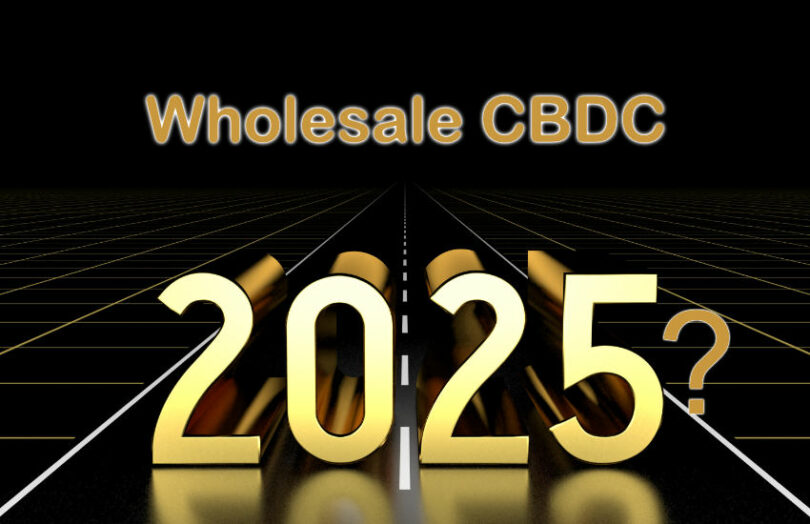“A modern CBDC at the wholesale level will be developed quite fast and will be a reality quite soon in probably most of the countries of the world,” said Agustin Carstens, General Manager of the BIS, the central bank of central banks.
He argued that a wholesale central bank digital currency (wholesale CBDC) limited to usage by banks doesn’t have the many complications that exist with retail CBDCs that consumers can access. Mr Carstens was talking during the DC Fintech Week.
In June, the BIS formally launched its concept of a Unified Ledger in which tokenized bank deposits and wholesale CBDC coexist on the same infrastructure, enabling the settlement of interbank payments using a wholesale CBDC. At the time, Ledger Insights asked the BIS Head of Research Hyun Song Shin about the timing of a Unified Ledger launch, proposing 2027. Mr. Shin said it could happen sooner than that.
Given wholesale CBDCs underpin the Unified Ledger, Mr. Carstens’ ‘soon’ therefore means two to three years.
Yesterday Mr. Carstens addressed the Unified Ledger, noting the need to develop a national infrastructure first. “The domestic application will be faster and sooner,” he said, given the complexity of international coordination. At the same time, Mr. Carstens and many others view cross border payment as a strong application. Once the platform is live, it will be easy to build on it. “So what we have to get right is the pillars from the outset,” he added.
What about a U.S. wholesale CBDC?
On Tuesday Nellie Liang, Under Secretary at the U.S. Treasury, spoke about a wholesale CBDC in a positive light at the same event. She emphasized it would be a central bank not a Treasury decision to issue one.
Ms. Liang spoke of the potential for a wholesale CBDC to address more efficient settlements. “It feels like there’s a need there,” she said. “I think there’s a lot of experimentation going on across central banks in how to do this. And I think being involved in the design and the experimentation and setting up the standards and requirements seems like a good place to be.”
The innovation arm of the New York Federal Reserve recently participated in a private sector experiment along those lines with the Regulated Liability Network.
For a retail CBDC, Federal Reserve Chair Powell and various others acknowledge the need for Congressional approval to launch. That might not be straightforward.
A wholesale CBDC should be less controversial, given commercial banks already hold accounts at the central bank. Chair Powell previously stated that a wholesale CBDC looks like reserves, implying that permission is unnecessary. We analyzed a recent Fed paper on the topic, concluding that a key purpose was to explore this point.
Meanwhile, Federal Reserve Governor Bowman recently expressed reservations about the Unified Ledger. “While there is interest in new capabilities and efficiencies that a shared ledger could offer, transacting central bank money on a shared ledger may introduce additional risks and operational complexities,” said Governor Bowman. She added her concerns that the shared ledger might not be owned and operated by the central bank.
Which wholesale CBDCs might go first?
The leading candidate to launch the first wholesale CBDC is Switzerland. It’s starting a live pilot right now. The infrastructure has already been used for tokenized money in production, albeit not for central bank money. Europe will start wholesale CBDC trials next year and likewise Korea.






